The Eternal City of Roma
- Matthew Boyce
- Apr 1, 2022
- 5 min read
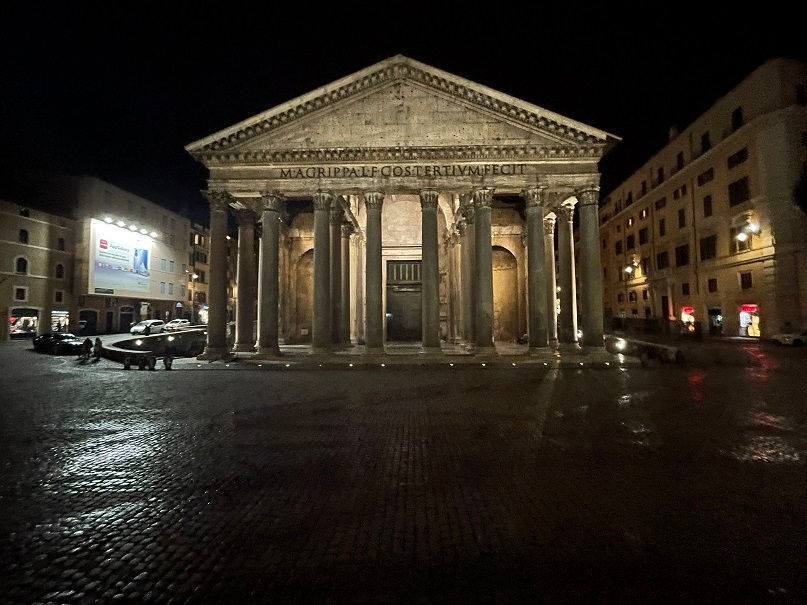
The ancient romans believed that no matter what happened, Rome would go on forever. It truly feels that way. What an amazing city Rome is. As a child I was always enamored with Greco-Roman history so getting to drive head first into it was really something spectacular!
We spent 12 whole days in Italy, over the Christmas and New Year's holidays, and split it up between Rome, Florence, and Naples. This post is dedicated just to our trip through the City of Rome with the next three dedicated to the other stops we made on our adventure.
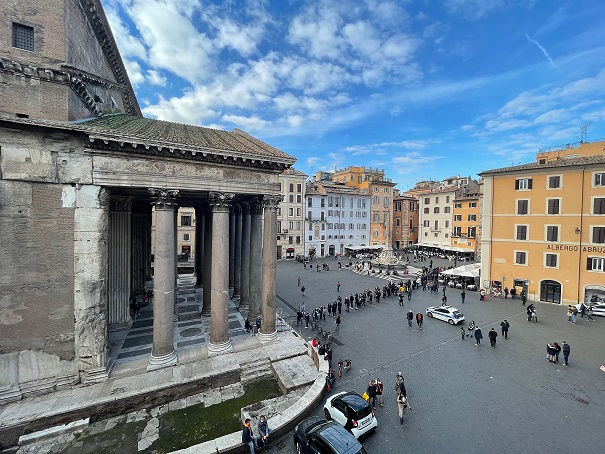
We arrived into Rome's Ciampino airport in the late evening and took a cab to the center of the city where we booked a night in an adorable little hotel in the Piazza della Maddalena.
Nestled in between two restaurants, this hidden gem was just two blocks from the Piazza della Rotonda which houses the Pantheon in all it's glory. Our home base while in Rome was in a little AirBnB that overlooked the entrance to the Pantheon. While small, it was perfect for the two of us and had the most amazing views! We spent the next two days trying to fit in as many tourist attractions as we possibly could.

Our first full day in Roma began with a short walk to the Trevi Fountain. Built in the mid 1700's and named after the latin, Trivium which means the intersection of three streets, this fountain was comissioned via contest by Pope Clement XII in 1730 and designed by the winner, architect Nicola Salvi. It is a huge tourist attraction, we were only able to get clear photos without any people by going in the middle of the night. Even then, there were still people lingering about the plaza. It is breathtakingly beautiful and ornate.
After leaving Trevi, we arrived at the Roman Forum. The Forum Romanum was the center of daily life in Rome from about 800BC to 800AD - around 1600 years. Nestled in between the Palatine and Capitoline hills this ancient ruined heart of Rome covered an area sprawling almost 5 acres. Walking around the forum is truly otherworldly. The size and scope of the area is mind blowing. How they built these massive buildings without modern technology is crazy to think about..
Fun fact - When I was in Highschool, I had a small part in our school's musical, "A Funny Thing Happened on the way to the Forum".
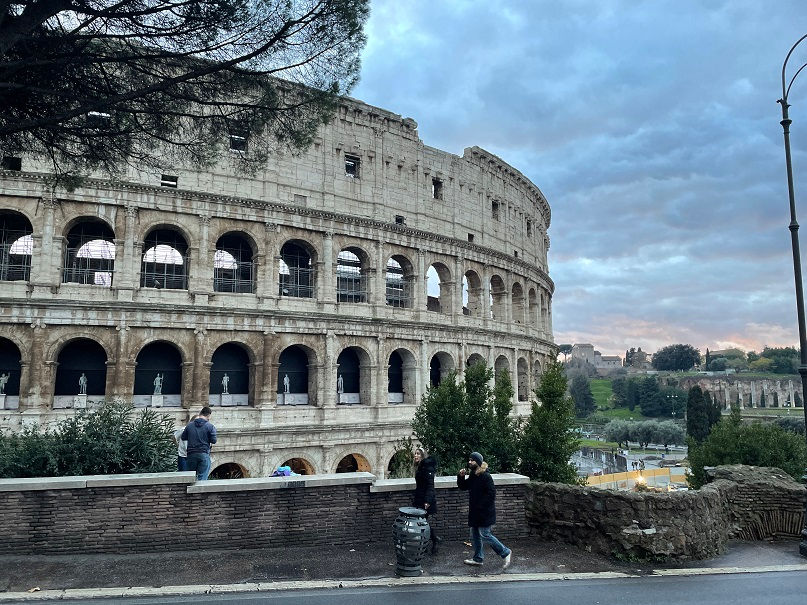
Just south of the Forum lies the Coliseum - This world renown symbol of Imperial Rome, built between 72 and 80AD of limestone, tuff and concrete could hold an estimated 50-80,000 spectators. It was used most famously for gladiatorial contests like those seen in the 2000 film, Gladiator in addition to public events like animal hunts, executions, and battle re-enactments. Unfortunately we weren't able to get tickets but it's equally epic just seeing it from the outside.
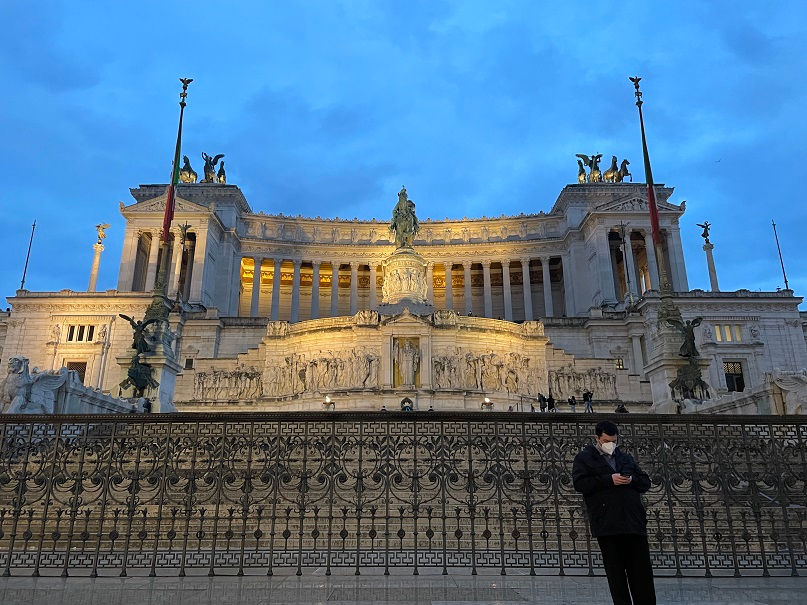
Our journey through Rome took us through the Piazza Venezia, home to Italy's Tomb of the Unknown Soldier in the palatial Altar of the Fatherland. We didn't get a chance to tour it unfortunately but if you check out the gallery below, you'll see how massive this monument is. It was built between 1885 and 1935 to honor Victor Emmanuel II, the first king of unified Italy. Afterwards we visited Via Condotti, one of the most fashionable streets in Rome. Home to such high end designers such as Hermès, Dolce & Gabbana, and Louis Vuitton, its luxury storefronts lead you gingerly towards the Spanish Steps.

The Spanish Steps lead you up to the Villa Borghese and the Borghese Gardens. The gardens are home to hundreds of busts and sculptures, the galleria Borghese, and my personal favorite the Temple of Asclepius, a 200+ year old replica of the ancient temple once located on Tiber Island and set in the middle of an artificial lake. We came here without really knowing anything about it so we didn't book tickets to see the Gallery building and it unfortunately was sold out. Definitely a must-see on our next trip to Rome. A quick walk through the Peoples Plaza back to the Pantheon ended our day.
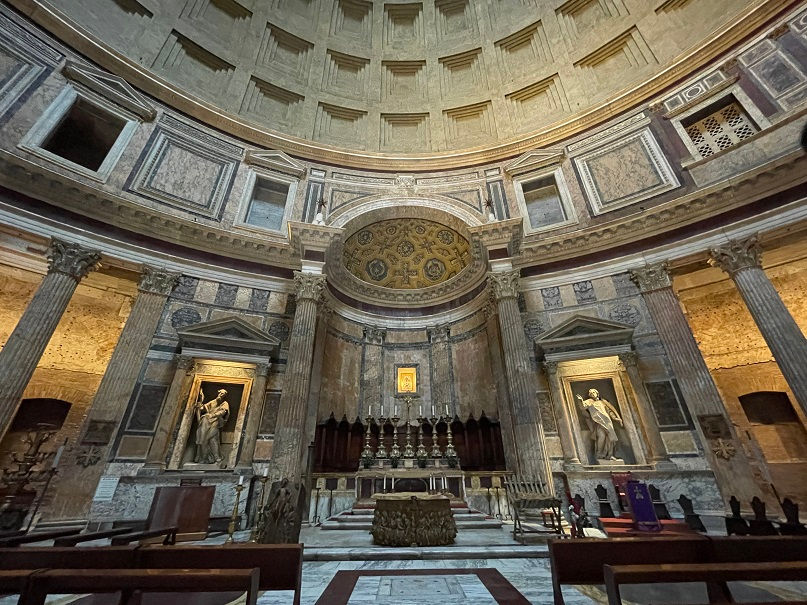
We rounded out our final day in Rome with a trip to the Pantheon and a walk through the city that included the Isola Tiberina, Jewish Ghetto, and Trastevere District. The Pantheon (Latin for [temple] of all gods) is an impressive 141 foot high domed building with a circular opening at the top. The opening, or oculus, relieves pressure on the roof, easing it's structural integrity preventing collapse. The gorgeous marble floors are actually at a slight incline to drain rain water that would otherwise pool on the floor.

As you walk through the main entrance portico, the entire room opens up with many large niches lining the walls. Even though the Pantheon is comprised of one main room, there's just so much to see. It was originally commissioned by Marcus Agrippa sometime between 27BC and 14AD but later burnt down. Emperor Hadrian had it built sometime in the early 100's AD however the exact dates are unknown. It is one of the best preserved ancient Roman buildings largely in part to its continued use throughout history, converting to a Catholic church in the year 609 after being gifted to Pope Boniface IV by Byzantine emperor Phocas.
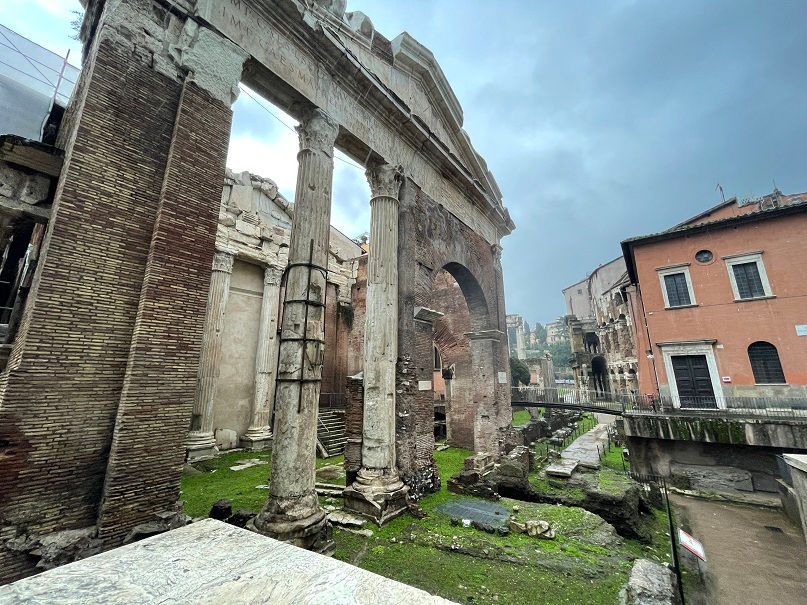
After a thorough history lesson (because of course we got the audio tour of the Pantheon), we decided to what remained of our last day in Rome, hoofing it around the city in the rain. The Jewish community in Rome is considered one of the oldest in the world outside of the Middle East. Back in 1555, Pope Paul IV issued a public decree establishing the Ghetto, ordering all Roman Jews to the most undesirable area, the flood prone Rione Sant'Angelo. Stripped of all their rights and forced to live in inhuman conditions and crushing poverty, Jews were walled in to the quarter with it's gates locked at night.
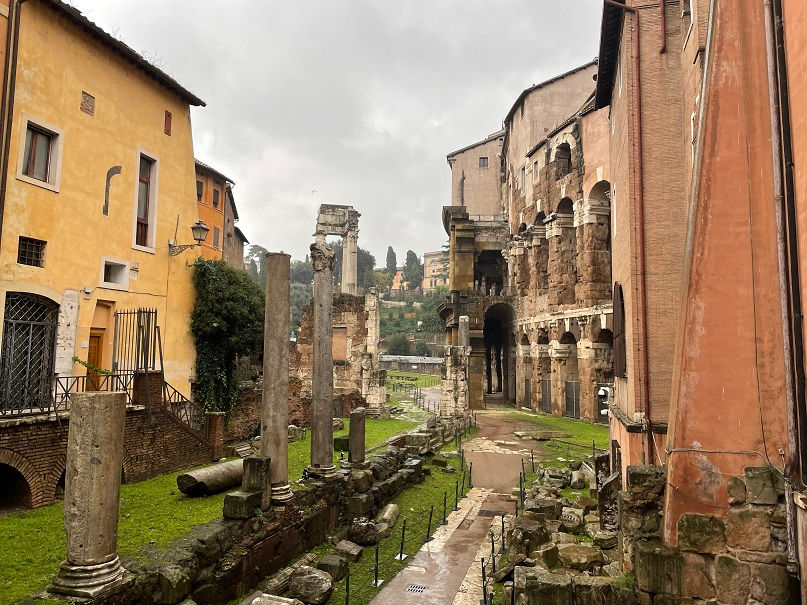
In 1870 under the newly created Kingdom of Italy, the requirement that Jewish peoples live in the Ghetto finally came to an end however it wasn't until 1888 that the ghetto walls were torn down and the ghetto itself mostly demolished. At that time, it was the last remaining ghetto in Western Europe until the 1930's. Currently, the area is home to the the Great Synagogue of Rome, the largest in the city. As we walked through the Portico d'Ottavia and the Teatro Marcello, it's hard to believe that such tragedy occurred here, it's truly a beautiful area. A real hidden treasure.
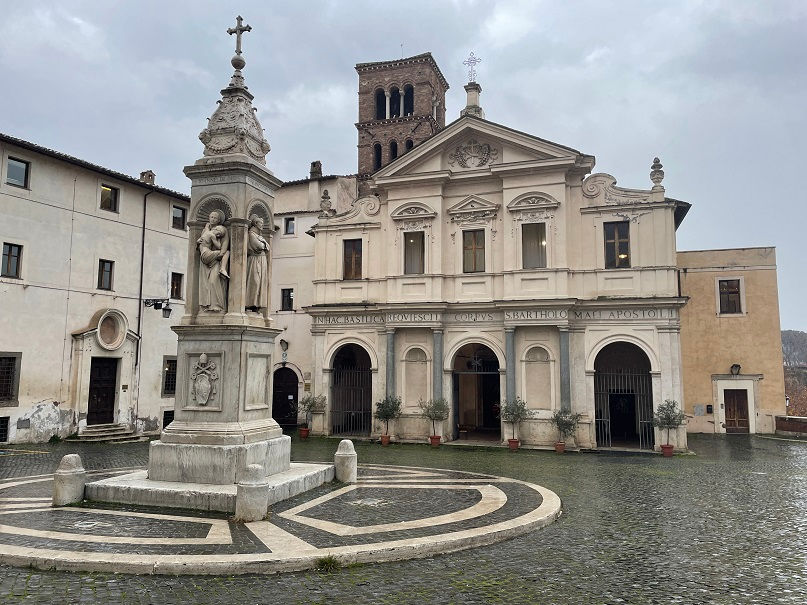
Our final stop on our way home we took a walk over to Tiber Island, the smallest inhabited island in the world! Former location of the Temple of Aesculapius, the Greek god of medicine and healing, it is now home to Fatebenefratelli Hospital and San Bartolomeo all'Isola or Basilica of St. Bartholomew on the Island.
While it was sad to leave Rome, we were excited to head to the train station to make our way to Florence! Our next trip back to Rome will definitely include tours of the Coliseum and Borghese Gallery and probably so, so much more.
If you liked this post, make sure to like it and subscribe so you can keep up to date on all of our adventures! We've got Florence, Naples, Capri, Edinburgh, Iceland, and Malta coming up very soon! Click any of the photo's below to be taken to the full gallery! Thanks for reading and we'll catch you next time!




















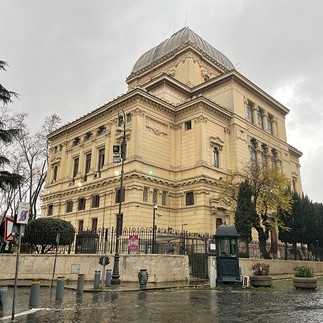
Comments